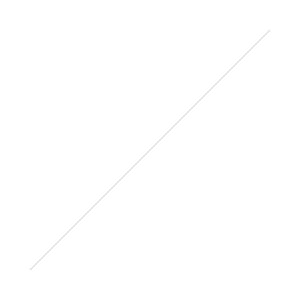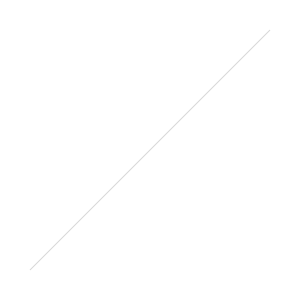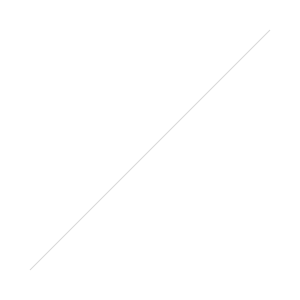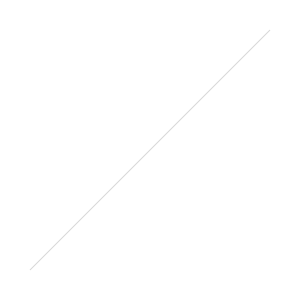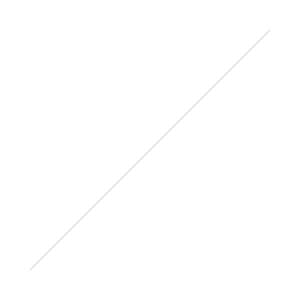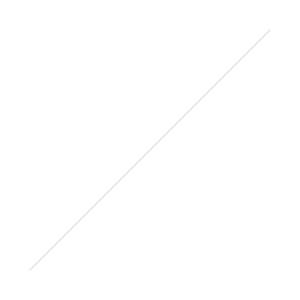I’ve been teaching a course on writing for children at the Irish Writers’ Centre. I love teaching and the class is one of the highlights of my week – two hours spent in the company of like minded people who all love children’s books as much as I do.
Last week we looked at picture books. As two of the class were sick I promised I’d give them some notes. I’m sharing them here in case they are useful to you also.
Writing picture books has been described as writing ‘haiku for aliens’. It’s definitely closer to writing poetry than anything else.
A lot of people think ‘Hey, I could write a picture book. Bang out a story about a teddy bear or a talking rabbit, get my mate to draw some pictures and bingo!’ But they are so wrong. Picture books are the hardest books of all to write. Every word matters. Every single line has to move the story along. Every page turn has to be a cliff hanger. Easy? No way, José!
What is a picture book?
A picture book is an illustrated book for young children of age 18 months to about 5 or 6 (or 44 – I love picture books!). There are usually colour illustrations on every page and the story is told through the words and pictures.
Why do they have to be brilliant?
Unlike novels for older children, picture books are read over and over again. Not only do you have to appeal to children, you also have to appeal to adults – parents, teachers, librarians. They are the ones reading Busy, Busy World or Where The Wild Things Are hundreds of times!
How long should a picture book be?
Between 150 and 600 words. Ideally 400 to 500 words. Of course, if you’re the next Shaun Tan or Lauren Child, a publisher may make an exception.
How many pages?
The average picture book has 32 pages – count them!
This is broken down into 24 pages of text and illustration or 12 double page spreads (sometimes slightly more if the end papers are used).
Again, if you are Oliver Jeffers, you may get away with a longer story, but if it’s your first book, it’s best to stick to the norm.
Do I need to be an artist too?
No. Publishers have plenty of great illustrators on their books. They are looking for strong, original picture book texts.
Where do I start?
I would suggest starting with your own childhood – as this is what will make your story different. For example:
Is there a favourite toy you had as a child? Did it ever get lost? (Dogger by Shirley Hughes is a great example of a lost toy story)
Was there a favourite place you loved to go as a child? Did you have a tree house? A Wendy house? A special dressing up box?
Don’t be afraid of using strong emotion in your text – Lost and Found by Oliver Jeffers is about loneliness and friendship; The Heart and the Bottle is about love and loss.
What about universal stories? You could write about one of the following in a new or original way:
Overcoming the Monster – Little Red Riding Hood
Rags to Riches – Cinderella
Rebirth – The Very Hungry Caterpillar
The Quest – Lost and Found
Voyage and Return; Comedy; even Tragedy (Not Now, Bernard by David McKee).
You could rewrite an old fairy tale in a clever way or an Irish myth or legend.
Think warmth, humour, family, love and universal themes.
Good luck with your mini masterpieces!
Yours in writing,
Sarah XXX
Some Recommended Picture Books
Oliver Jeffers – Lost and Found and The Heart and the Bottle
Lauren Child – Clarice Bean, That’s Me
Where the Wild Things Are by Maurice Sendak
Don’t Let the Pigeon Drive the Bus by Mo Willems
Knuffle Bunny by Mo Willems
The Red Tree by Shaun Tan
If you’d like more information on writing picture books try:
How To Write a Children’s Picture Book by Andrea Shavick or Writing with Pictures by Uri Shelevitz


